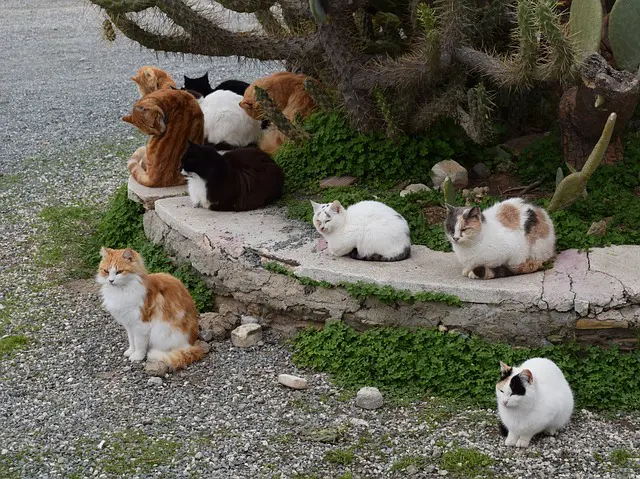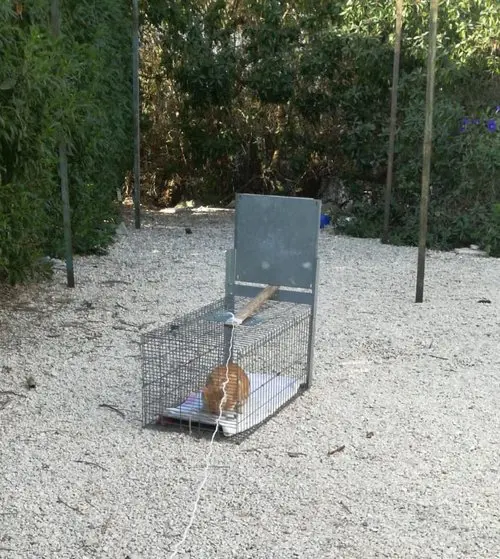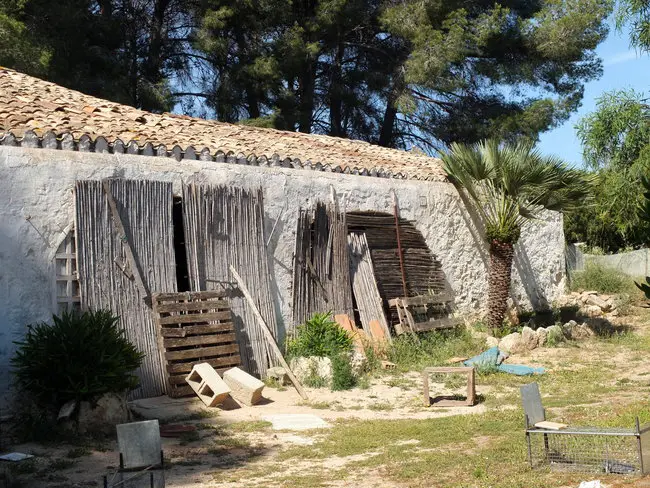Our Feral Cat Program – Trap, Neuter, Release
The main focus of activity for our charity has from the onset, always been the neutering of these homeless feral cats, as it is here that their misery and suffering stem from.

A large number of feral cats live in green zones and abandoned houses in Moraira, Teulada und Benissa as well as coastal areas where tourists spend their holidays.
Feral Cat Program – main steps
Step 1: Visit the site where the animals live
When we find out about an area where non neutered feral cats live, we first try collecing as much information about the problem as possible.
- What exactly is the problem?
- How many animals are involved and how old are they?
- Are the animals in actual danger (e.g. from neighbours)?
- How cooperative are people living nearby?
The visit of the aera concerned is most of the time carried out by 2 PLUTO co-workers one of whom usually speaks fluent Spanish.
Step 2: Catching
Catching animals is a time consuming undertaking even for experienced co-workers. This activity alone can extend over a period of weeks when dealing with large cat colonies.
The task has to start either in the early hours of the morning or as night begins to fall ie in the summer months after 22.00 hours; in unfavourable conditions – eg if there is a lot of noise in the neighbourhood – it needs to start significantly later.

Stray cat in open trap

Catching stray cats in the countryside
Step 3: Neutering
The captured animals are taken to a vet either directly or the next morning, if it is too late to do that.
In this event the animals spend the night with the PLUTO-associate who has caught it. We are extremely careful that all animal protection standards are adhered to.
Then all the cats are examined by the vet and neutered.
The neutering of an entire cat colony can take up to many months, especially if the colony is made up of mothers and kittens.
Free roaming cats unsuitable for rehoming are checked over and sterilised by vets and then returned by members of the organisations to suitable places.
Afterwards dedicated feeding stations are set up where the health of the animals can be closely monitored.
As the carers have dedicated feeding stations to look after they can quickly spot newcomers. Newcomers are also then caught and neutered.
Important: Finding a suitable feeding point
Parallel to the preparation of the neutering programme we also busy ourselves finding a suitable feeding point near the settlement of the cat colony.
Ideally the location should not be overlooked (problem for people living nearby) and not visited by dogs or wild animals (eg wild boar). The cats should be able to feel safe there and should be able to access it without placing themselves in danger.